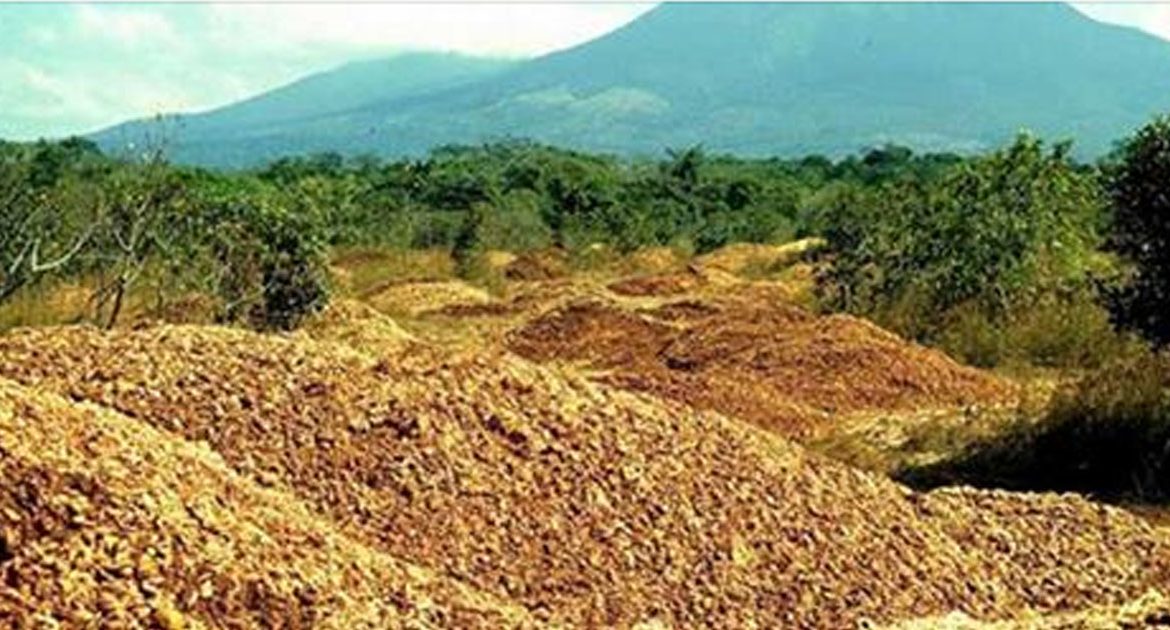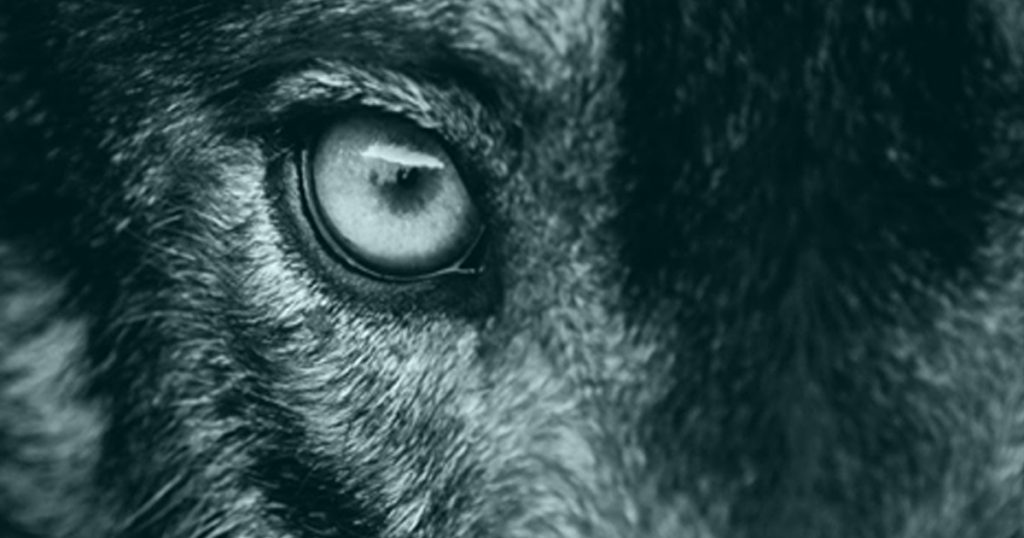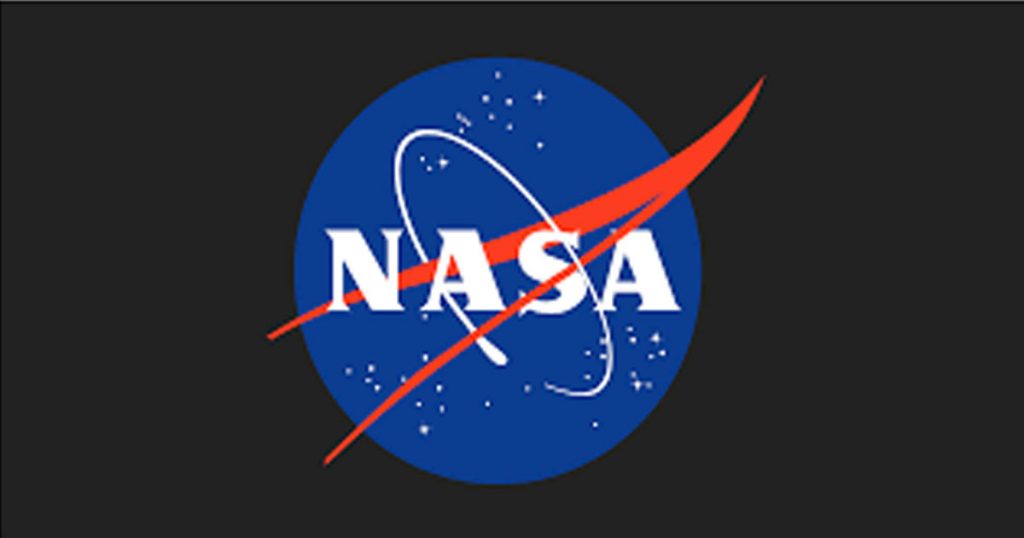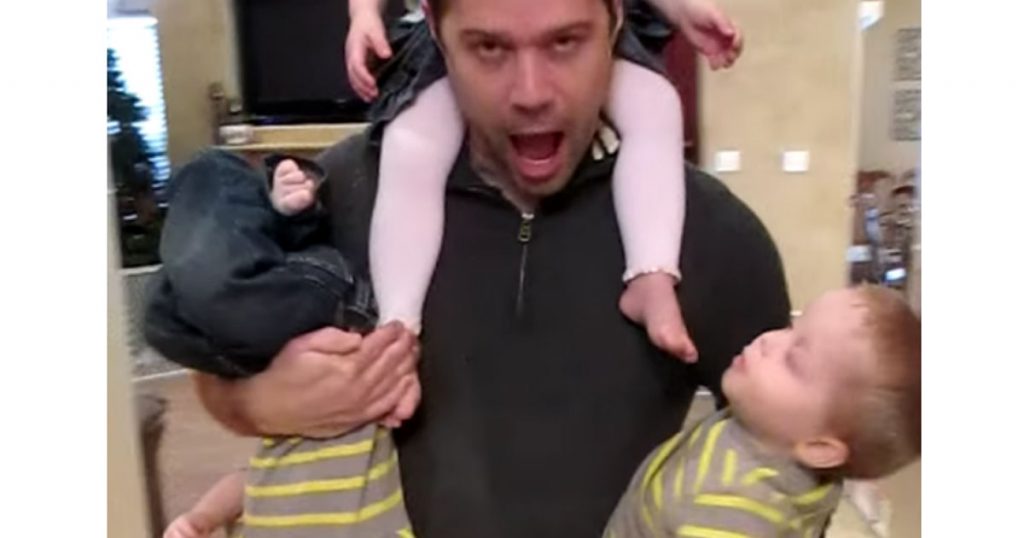A couple of ecologists named Daniel Janzen and Winnie Hallwachs had an idea for a local orange juice company in Costa Rica — little did they know, their idea would lead to a discovery of a lifetime.
In 1997, the pair approached the orange juice company and had a proposition for them. If they donated a piece of completely unspoiled, forested land to the Área de Conservación Guanacaste, then they could dump their discarded peels and pulp free of charge.
The place where they would dump the orange juice waste was a heavily grazed and deforested piece of land. The orange juice company agreed to the bargain.
A year later, a thousand trucks came and dumped over 12,000 metric tons of messy, sticky, orange-compost onto the land.
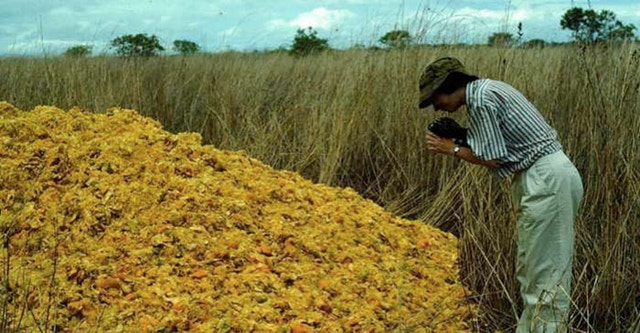
The plot of land with the orange peels and pulp was left untouched for over a decade. They had created a nice big sign with yellow lettering to mark the location and the event that had taken place.
After 16 years, Janzen had a graduate student named Timothy Treuer take a look at the spot and report back with his findings. He gave him directions to the sign they created; there shouldn’t be any issues locating the plot.
Treuer went back to the land where the orange compost was dumped, but he couldn’t locate the sign anywhere.
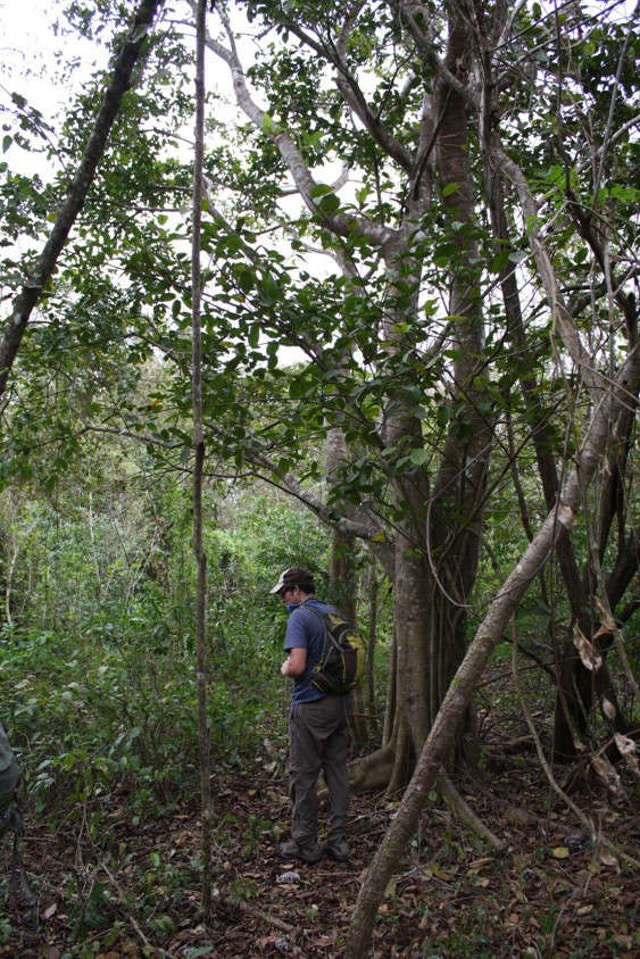
He wandered around for half an hour, and without any luck, couldn’t find the sign that Janzen had him set out to locate. Treuer called Janzen for some more details about the sign’s location.
He returned a week later to the exact spot that Janzen elaborated on — but still, there was no sign in sight. They knew, though, that this was the plot of land they had the company dump on so many years ago.
When they realized they were looking at the correct plot of land, they were shocked. It looked nothing like the surrounding area anymore.

Compared to the adjacent land, Treuer said the side-by-side comparison was like “night and day.”
“It was just hard to believe that the only difference between the two areas was a bunch of orange peels. They look like completely different ecosystems,” he says.
The vegetation was so incredibly thick; they could still not locate the sign.
The results of their findings were published, it showed just how much the discarded fruit assisted in the new forest growth.
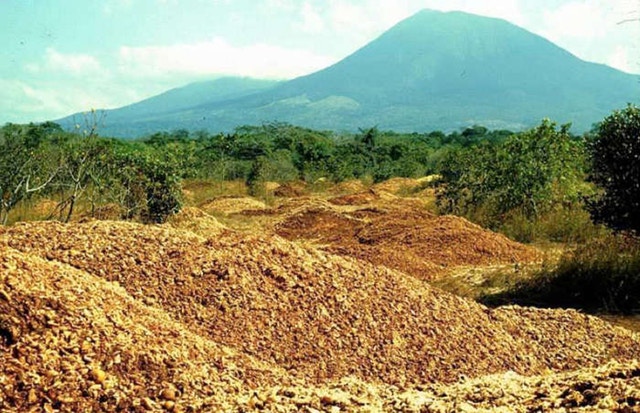
Treuer and his team from Princeton would set out to study the incredible area for the next three years. They were absolutely astounded at what they were learning.
On the adjacent plot, without orange peels, there was only one dominant species of tree. On the side with the discarded orange peels, there were over two dozen species of thriving vegetation.
There was better soil, a healthier forest canopy, large, strong trees, and a new species of weasel appeared — all because of the discarded fruit from over a decade ago.
“You could have had 20 people climbing in that tree at once and it would have supported the weight no problem,” says a co-author of the paper. “That thing was massive.”
Their research essentially concludes that a secondary forest growth, one that grows after the first is torn down, is crucial to slowing down climate change. This was a game-changing discovery.
They have found that new-growth forests absorb and store carbon in the atmosphere at 11 times the rate of an old-growth forest. Treuer thinks that if we can replicate this experiment all over the world, it could help the world’s atmosphere restore itself.
Up to half of produce in the United States is discarded in landfills — adopting this idea across the country could help deforested areas across the nation.
“We don’t want companies to go out there willy-nilly just dumping their waste all over the place, but if it’s scientifically driven and restorationists are involved in addition to companies, this is something I think has really high potential,” Treuer says.
In 2015, Treuer was finally able to clear out enough of the thick vegetation to locate that lost sign that they had placed there almost 20 years prior. It was symbolic of the miraculous transformation of the land.
With the help of some fruit, we could change the way we deal with waste and save the environment in one fell swoop.
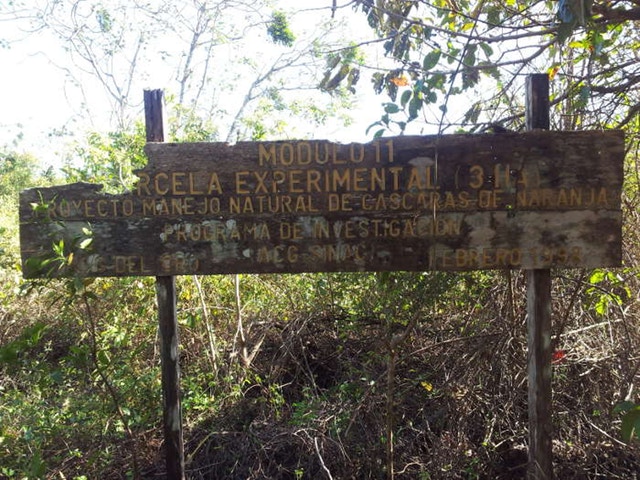
Please Liked Video this with your friends and family.
